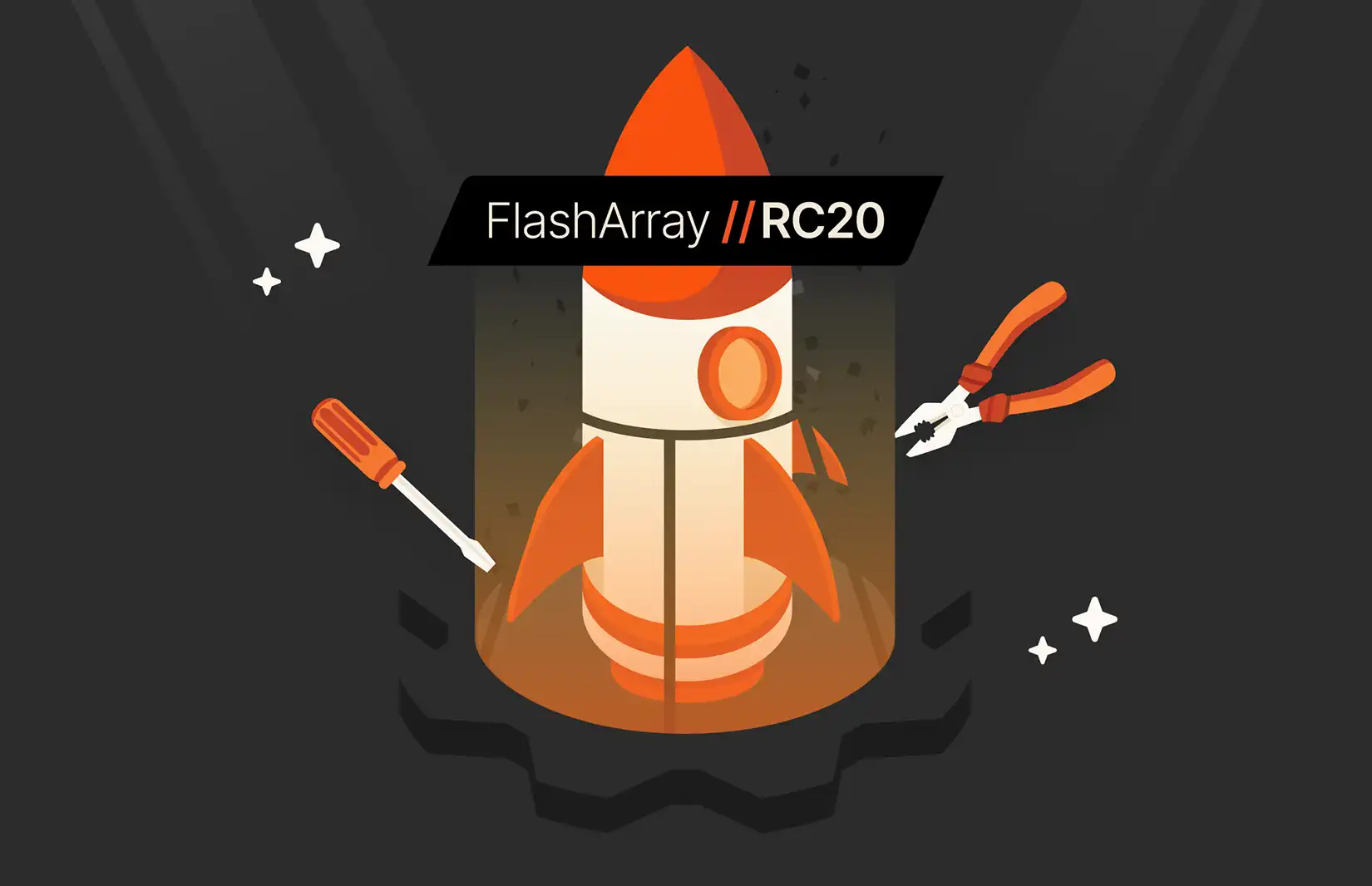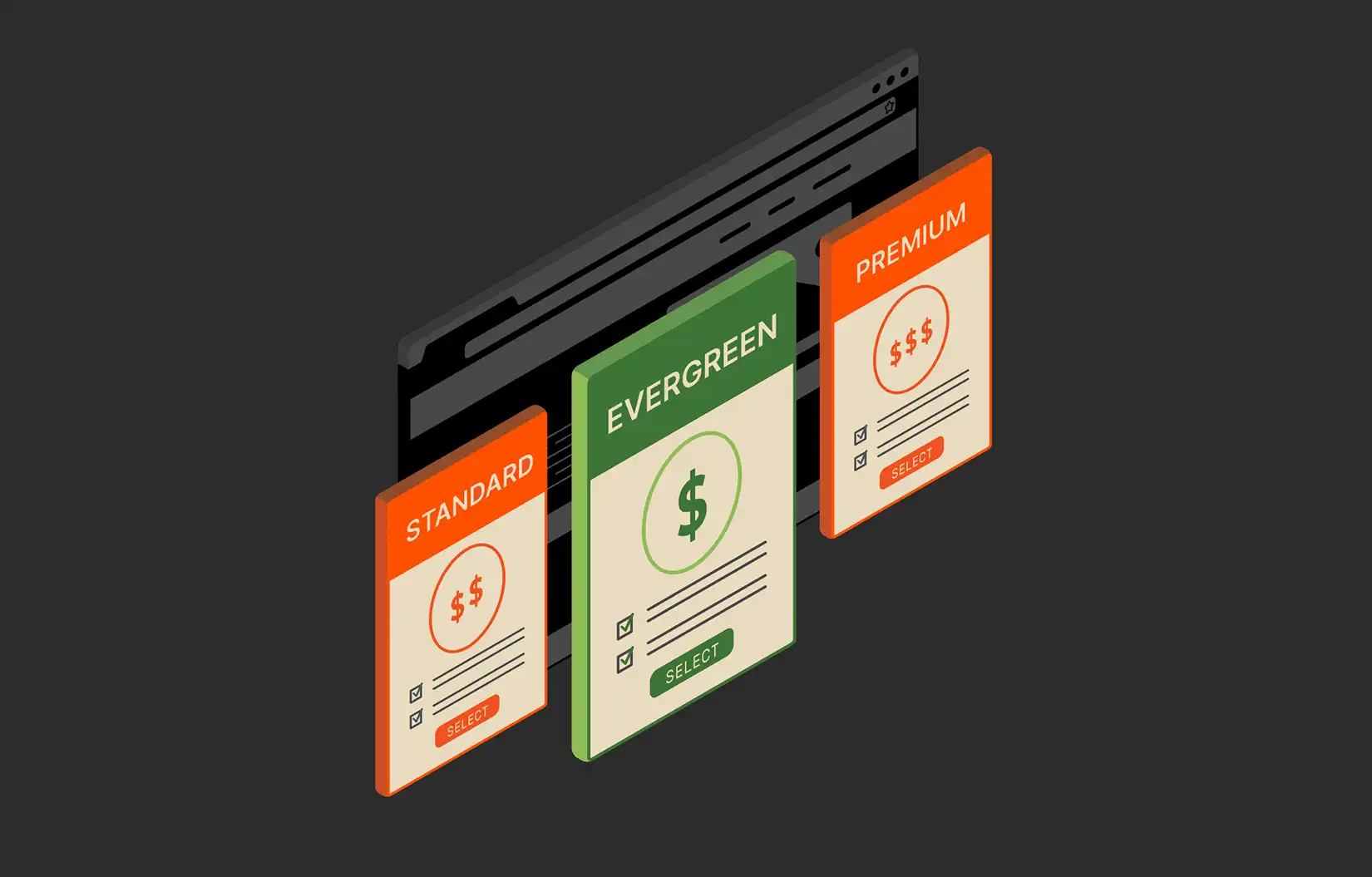Evergreen Subscriptions
-
From Evergreen to FlashArray//RC20: Innovation Flies Again
With FlashArray//RC20, we’re doing more than just repurposing—we’re remanufacturing with purpose. Learn more about our smart reuse strategy.
By:
With FlashArray//RC20, we’re doing more than just repurposing—we’re remanufacturing with purpose. Learn more about our smart reuse strategy.
By:


